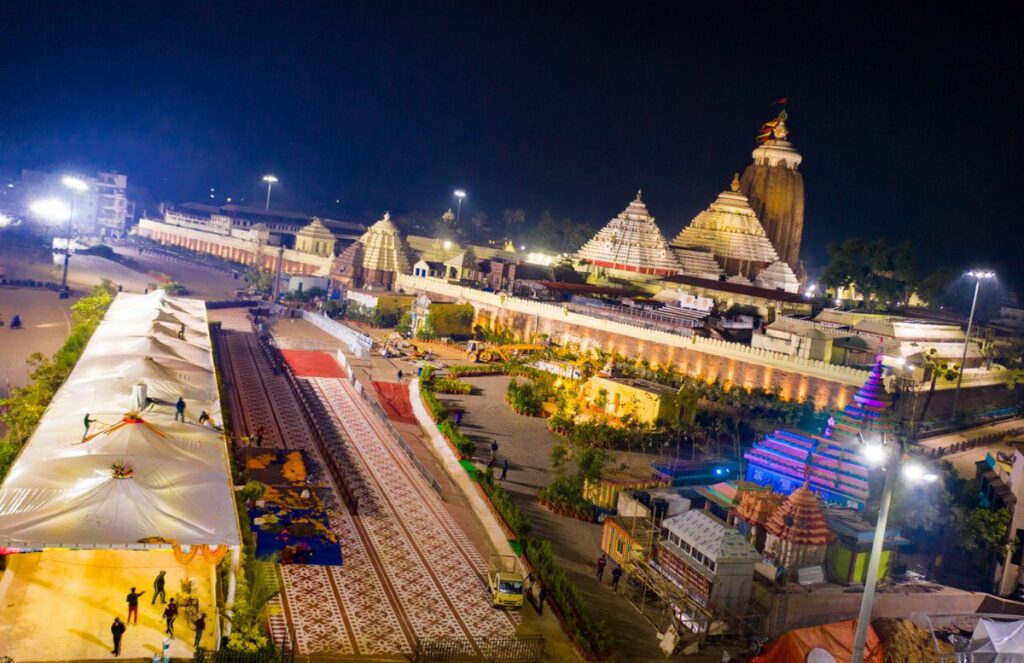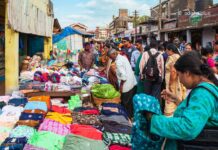The state government has announced an investigation into the causes of the cracks in the boundary wall of the Puri Jagannath Temple
OdishaPlus Bureau

Numerous fissures have emerged on the renowned boundary wall surrounding the Puri Jagannath Temple in Odisha, raising alarms regarding the structural safety of the edifice. In response, the Odisha government has requested the expertise of the Archaeological Survey of India (ASI) to address the repairs needed for these cracks. Reports indicate that wastewater from Anandabazar, a section within the temple known for its food offerings, has been infiltrating the cracks on Meghanada Pacheri, further deteriorating the 12th-century monument.
Moreover, the state government has announced an investigation into the causes of the cracks in the boundary wall of the Puri Jagannath Temple. Experts, along with temple officials, have voiced significant concerns regarding the stability of the Meghanada Pacheri, which has protected the temple for centuries. The ongoing seepage and uncontrolled algae growth may compromise the wall’s integrity, potentially endangering both the surrounding structures and the overall safety of the temple complex.
Calls for immediate intervention have grown more urgent, with heritage conservationists advocating for a thorough evaluation and prompt restoration efforts. The state government, in conjunction with the temple administration, is anticipated to devise a comprehensive strategy aimed at preventing further deterioration and safeguarding this significant aspect of Odisha’s cultural and religious heritage.
“We are currently examining the cause of the cracks. The Archaeological Survey of India (ASI) is preparing for repairs and damage control, but we will investigate the reasons behind the emergence of these cracks on the wall.
We suspect that some unauthorized work may have been conducted, which is against ASI regulations,” stated Pruthwiraj Harichandan, the state Law Minister. He added, “This situation may have arisen due to the effects of certain activities carried out in the area. Following the investigation, we will implement appropriate measures based on the results. Ensuring the repair of the wall under ASI supervision is our highest priority.”



























